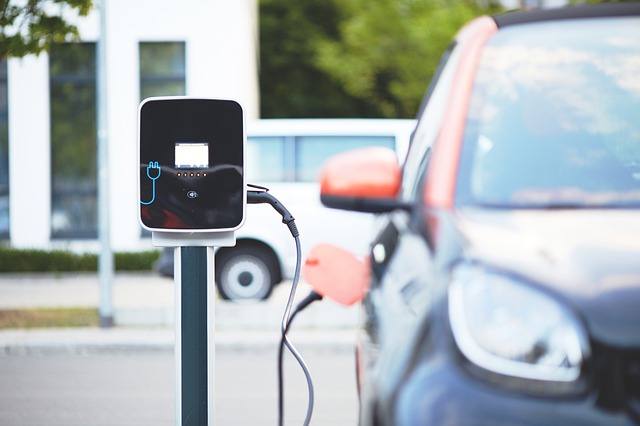Renewable Energy Sources in Transport in Europe: Progress and Setbacks
Key Ideas
- Renewable energy sources in transport in the EU reached 10.8%, increasing by 1.2 pp from 2022 and by 8 pp from 2004.
- While Central and Southern European regions saw a decrease in 2023, Sweden led with 33.7% renewables in transport, already surpassing the 2030 target.
- Countries like Croatia, Latvia, and Greece had the lowest shares, while Slovenia stood out for its performance, nearing the EU average.
- The EU is 18.2 pp below the 2030 target, requiring a significant annual increase to meet the goal, based on the current growth rate.
According to Eurostat data, in 2023, renewable energy sources in transport in the EU reached 10.8%, showing a positive trend with a 1.2 percentage point increase from the previous year and a notable 8 percentage point increase from 2004. However, the Central and Southern European region witnessed a slight decrease in 2023, indicating the impact of the energy crisis in the sector's development. Sweden led the EU countries with the highest share of renewables in transport, already surpassing the 2030 target at 33.7%, followed by Finland, the Netherlands, and Austria. Conversely, Croatia, Latvia, and Greece reported the lowest shares. Slovenia showcased strong performance with a share of 10.02%, close to the EU average, while candidate countries exhibited low shares. The EU remains below the 2030 target by 18.2 percentage points, necessitating a substantial annual increase to achieve the goal, considering the current growth rate.
